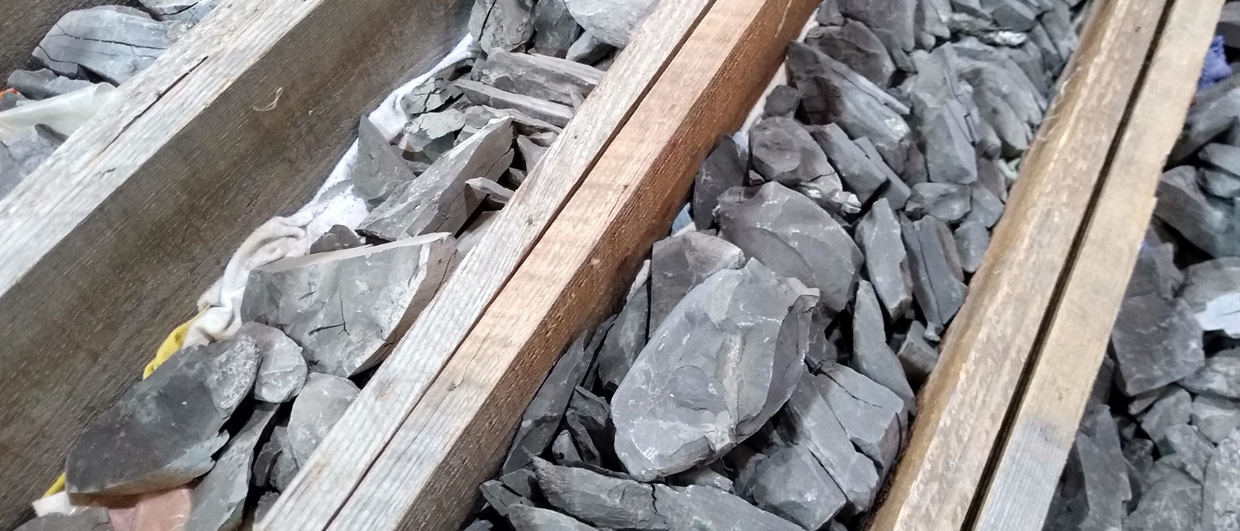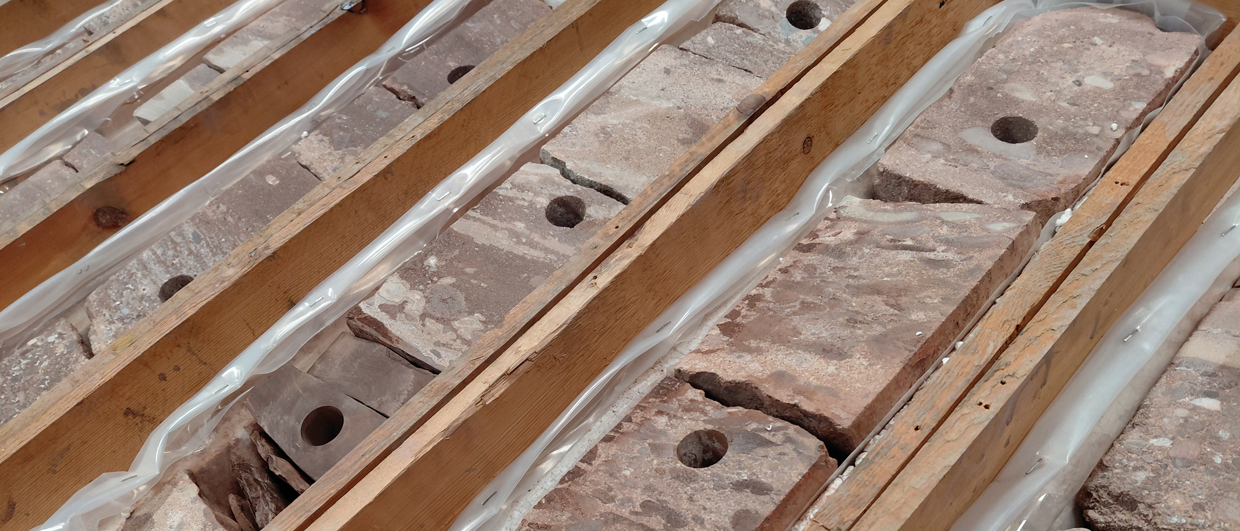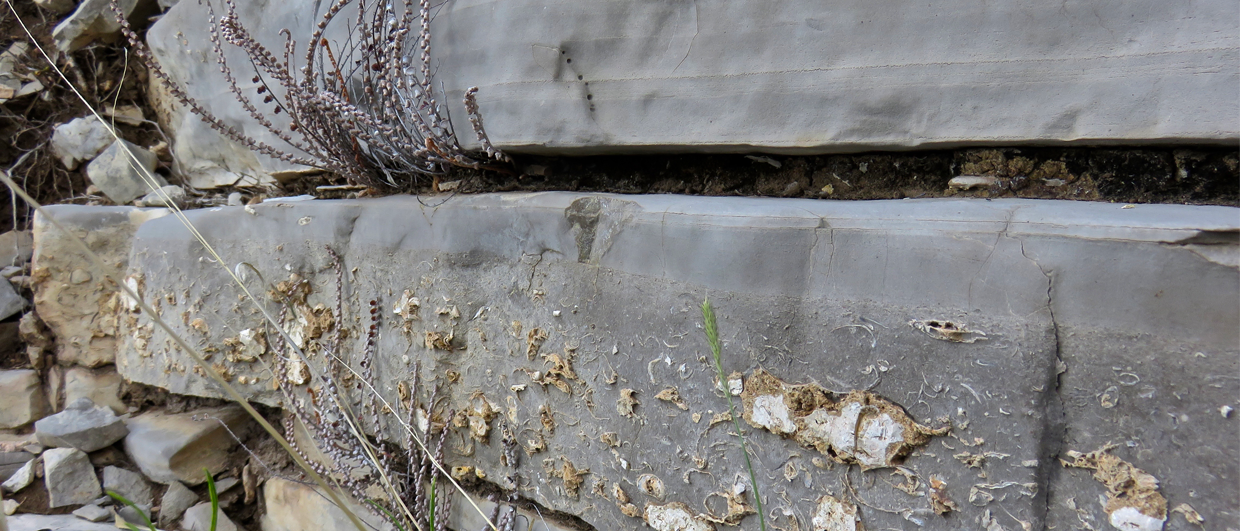During my career in the oil industry, exploration geology has changed enormously. Not long after I joined Shell in February 1979, my son, who was play school age, asked me what my job was. I replied that I was colouring most of my time. And that was, actually, a pretty accurate description of what I was doing.
It was not only colouring, though. Contouring was another major element of my daily routine, by reading off 2-way travel times at shot-points from interpreted seismic sections, noting the values down on maps, and then contouring them. A very time-consuming job.
In those days, there were a few very experienced colleagues in Shell’s central office who we referred to as “gurus”. They seemed to know almost everything there was to be known about exploration for oil and gas. They had seen a lot of geology and understood how basins develop, how sediments are laid down, when source rocks can be expected to have generated hydrocarbons, how structures form and which lithologies can be effective seals. They had opinions on prospects worth drilling and new basins we should enter. Their word was gospel.
Many colleagues at the time agreed that petroleum geology was more art than science.
Petroleum geology in those days was very qualitative and “arm-waving”. Many colleagues at the time agreed that petroleum geology was more art than science.
Much has changed since those days. Virtually all technical disciplines that are part of the umbrella science that we call petroleum geology have become more quantitative. With deterministic and probabilistic computer applications, many aspects of geology are now being modelled. With that, data has become all important and, as a result, the need for it to be easily accessible.
Possibly as a result of this, the importance of our gurus has diminished… I haven’t heard about gurus in our exploration departments for some time. It is probably the deepening and quantification of the science in areas like basin development, petroleum system analysis, structural geology, depositional system analysis, etc, that has resulted in the loss of the uomo universale in exploration geology.
Has exploration geology morphed from an art into a science?
Generalist and integrator
When, after my Shell career, I joined academia, I was asked what my area of expertise was. I struggled to find a good answer – nothing really, or maybe petroleum geology. As an exploration geologist in the oil and gas industry, I realised I have become a generalist and an integrator.
To understand a prospect, it is essential to understand its regional context: How did the basin in which we identified the prospect form, and how does the overall play work? On top of that, we need to understand the details of the trap, reservoir, charge and seal. That requires input from many different sub-disciplines – from colleagues with a deeper understanding of their areas of expertise. As an integrator, it is then your task to use all the data, opinions, models, and what have you, to form an opinion about the subsurface, the hydrocarbon plays, and ultimately, the prospect and its chance of success.
At times, there is tension between the assumptions we make and the data supporting these. That is because data is often sparse and of limited resolution, prone to multiple interpretations, and diverse with input from multiple disciplines that may not always align with each other.
This requires us to make judgements about the weight of the evidence that is brought to the table. We must ask the right questions and listen to the experts; they know their stuff better than I do, as a generalist. At the same time, we cannot always take the expert’s word as it may be in conflict with some evidence from another field of expertise. Experts, just like most of us, are human. This means that they can be biased just as easily as we can. Two examples illustrate that nicely.
Several decades ago, staff from Midland Valley in Glasgow showed an artificially-generated cross-section at their booth at conferences. The cross-section looked like a seismic section, and they asked people visiting their booth what they thought they were looking at. Is it a surprise that people who had worked most of their careers in salt basins thought that they were looking at salt tectonics? In fact, it was an inverted half-graben.
When the giant Groningen gas field was discovered in 1959, experts were flown in from the US to shed more light on the depositional setting of the cored reservoir sequence. After all, the Rotliegend was very new to most geologists at NAM because so far it was the overlying Permian Zechstein evaporites that formed the primary exploration target. The experts from the US had worked all their careers in the Gulf of Mexico and concluded that we were looking at a deltaic succession. It turned out to be desert sandstones.
If all you have is a hammer, everything looks like a nail.
The art remains
Exploration geology has definitely changed. We have greater and deeper knowledge of many aspects of the exploration game, thanks to the more quantitative approach taken when de-risking a prospect. But just because we can calculate some seemingly very precise numbers, it does not mean that the outcomes are necessarily correct. The input for such calculations and modelling exercises always are, to a greater or lesser extent, uncertain.
We always have to judge which information/data/model we give the most weight.
Most of the time, the uncertainties in exploration geology are enormous and are seriously underestimated. And on top of that, the subsurface is incredibly diverse. There may be similarities between two prospects within a certain play, but no two prospects are the same. We always have to judge which information / data / model we give the most weight.
It is, therefore, still true, just as it was when I joined the industry in 1979, that the more geology you have seen, the better a geologist you are. Exploration geology has become more of a science, but at the same time, it still has many characteristics of an art. And I am still keeping a box of colour pencils in the upper drawer of my desk.





